Tech is a fast-moving train. Keeping up to date with all the modern tech terms is important if you don’t want to get left behind. Some of these are not new. Some have simply evolved or become more critical to the sector as the tech space advances.
Here’s a quick rundown of some of the most used tech terms of 2022.
Modern tech terms.
AI.
AI or Artificial Intelligence has become one of the most used tech terms of modern times. As we become ever more reliant on machines, AI is likely to be behind the most significant of our technological advancements.
Some of the most common everyday uses of AI include
- Siri
- Alexa
- Self driving cars
- Google Maps
- Key board auto correct.
Using these as examples, AI is the ability of machines to mimic the functions of human brains and make decisions accordingly.
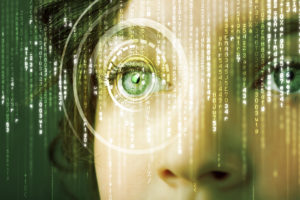
Automation.
Automation involves reducing the level of human input within a process.
While it’s nothing new, automation is becoming more advanced.
One of the most common manifestations of automation is one we use every day. Automatic car transmissions remove the necessity for human decision making as we drive.
Every day, more human tasks are being performed by machines – with increasing success.
In the future, many areas of industry will be taken over by automation. This can already be seen within the customer service and hospitality sectors. Self-service fast-food ordering systems in restaurants and self scanning checkouts are 2 such examples.

Big Data.
Big Data isn’t a new term. It was first coined in the 90s by scientist, John Massey. But as data sets are becoming a bigger and more valuable commodity for businesses, it is enjoying a resurgence.
As the name suggests, Big Data refers to sizeable amounts of data that are so large they can only be collected and properly analysed using computer databases. With the ongoing advances in data collection, organisations have larger and larger amounts of data at their disposal. Therefore, Big Data has a huge influence in 2022.
Data Mining.
Data Mining is the process of analysing large data sets to gain new insights. Data mining uses software, algorithms and statistics to highlight patterns or anomalies in data to answer business-related questions or make predictions.
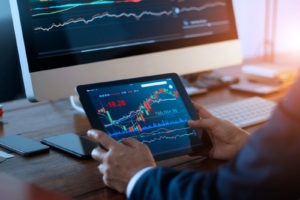
Data Science.
Data Science is a broad term that describes the various ways in which data can be collected. It refers to the technical aspects of data collection. For example, data scientists are tasked with creating the processes and tools by which data can be collected not the analysis of the collected information.
Blockchain.
Blockchain is the technology behind most of the cryptocurrency we see today.
It works by storing data over a series of computers or “blocks”. These “blocks” are then spread over a distributed network creating a secure “chain.” This makes the data more secure by offering increased security from hackers.
Today, Blockchain is most used in the transfer of cryptocurrency. However, in the future, it’s predicted that it could be used to record the transfer of assets, such as property. It’s also been suggested that it could be implemented into voting procedures to eliminate paper ballots and voting fraud.
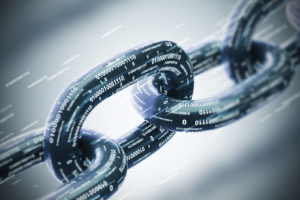
Business Intelligence.
Business Intelligence is the process of collecting and analysing large sets of data to produce financial reports and make business decisions. Part of Business Intelligence is automating the collection of data on a large scale so that decisions can be based on thousands of sources. This range of scope offers a significantly larger breadth of knowledge – far more than if data were collected manually.
Cloud Computing.
Cloud computing is the process of providing IT services over the internet. Many businesses are embracing cloud computing thanks to its ability to share entire business systems, databases and software over cloud networks.
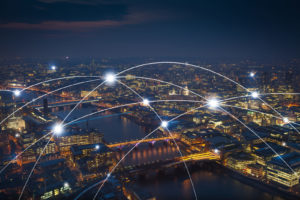
Internet of Things (IoT).
IoT is a term used to describe objects with the ability to connect to the internet. Through sensors, software, or built-in technology these devices are growing fast. IoT has the potential to ensure that every item in our homes will eventually be connected to the internet.
Examples include
- Smart watches
- Amazon dash button/ Amazon echo
- Smart home devices
- Doorbell cameras
- Children’s smart toys
- Digital piggy banks
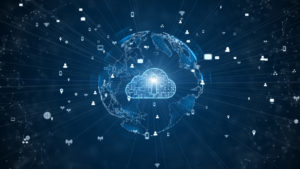
Web of Things (WoT).
The WoT is best described as a continuation of the IoT. Now, IoT products like Alexa and Amazon dash, might connect with each other and other Amazon ‘things’, but they won’t connect to just any internet-enabled device.
WoT describes a future where any everyday object connects to the web universally.
The Metaverse.
A metaverse is a virtual universe. It is accessed through augmented reality and connects to other virtual spaces through the internet.
Within the next few decades, it’s expected that The Metaverse will evolve exponentially. For example, virtual meeting spaces and virtual offices will become as commonplace as “real” alternatives for people to work and socialise in.
Machine Learning.
Machine learning is a part of artificial intelligence. It primarily focuses on machines being able to ‘think’. It works by creating programs with advanced algorithms. These algorithms allow them to learn from the past and come up with new solutions to problems.
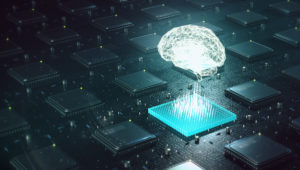
UX – User Experience.
UX can be good or bad. It relates to how a person interacts with the features of a particular product or program. As more and more digital solutions become available for the same or similar problems, good UX will become more and more influential. Ease of use will win the war for our purchases or downloads.
UI – User Interface.
UI is different from UX. UI relates to a physical screen or display the user interacts with. It contributes to good UX, but it’s important to differentiate between the two.
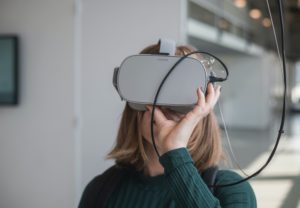
XR – X Reality.
XR is an umbrella term. It describes any world that exists outside of the scope of reality. It includes virtual reality (VR), augmented reality (AR) and mixed reality.
Mixed Reality.
Mixed reality is a combination of elements of Augmented Reality and Virtual Reality. It creates a hybrid world that blends the physical and the digital.
In the future, it will have many uses including the training of surgeons and preparing soldiers for warfare.
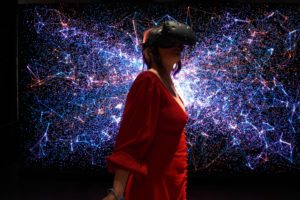
The Future.
As quickly as the tech landscape is evolving, new tech terms are being coined. Some concepts while having been around for decades, are taking on a new significance in the modern world.





